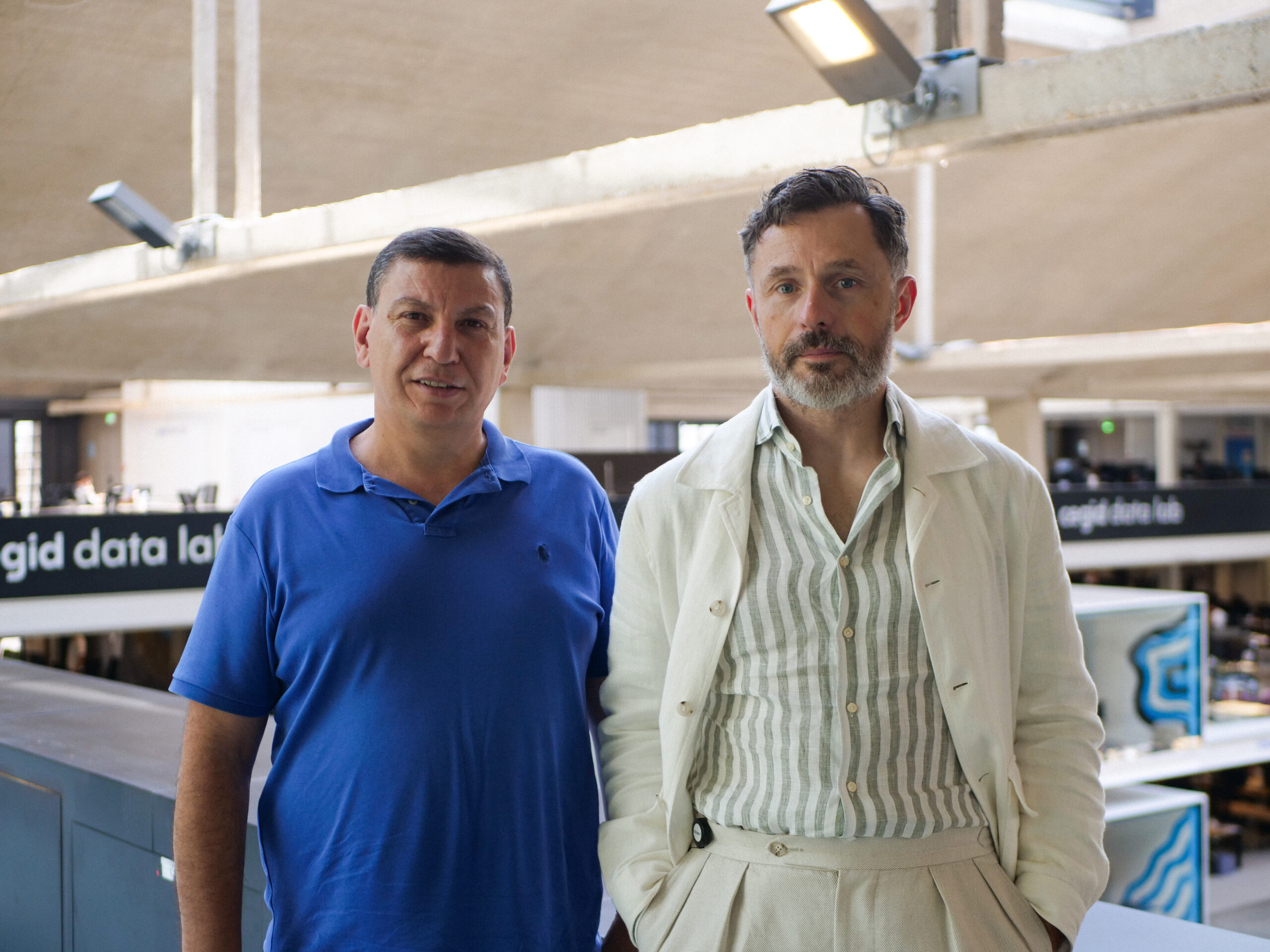Importance of Inclusivity in Quantum Computing

Inclusivity is important in STEM – and to an extent, we are slowly getting there. As of now, we have plenty of associations and organizations dedicated to including individuals from underrepresented backgrounds in computer science, physics, mathematics, and the list goes on. One the most recent Fields medalists was a woman, and universities as well as many well-known companies are continuously taking steps to include applicants of diverse backgrounds.
So – has this solved the problem? Spoiler alert: no – at least not fully. We have a long road ahead, particularly when it comes to the field of quantum computing.
In particular, the female to male ratio in the quantum industry seems much lower than in some related fields – in the private sector, approximately only 1 in 54 of all applicants are women [1]. This number is very low, especially when taking into consideration the fact that approximately one third of the STEM workforce consists of women [2]. In addition, there is very little data on LGBTQ+ or minority-ethnic representation in quantum computing, but it is likely that these individuals face similar systemic barriers as women do.
There are several actions that companies may take to combat the lack of diversity. As observed by Guevara-Ramirez et al. [3], female-led workshops and congresses, encouragement of STEM education in general and providing ways to balance work and family play crucial roles. Additional research shows that the problem needs to be tackled much earlier than recruitment – or even university admissions. Namely, the issue begins in childhood.
The concept of a highly intelligent individual (a ‘prodigy’ or a ‘genius’) is associated with men much more than women – and this starts at an alarmingly young age [5]. Girls as young as 6 years old overwhelmingly associate intelligence with the opposite sex and begin to avoid activities that have a notion of brilliance, including STEM subjects.
Quantum computing is regarded as a very demanding field by the public. It requires intense studying, and interdisciplinary knowledge in physics, computer science and mathematics – all of which many people only believe “geniuses” are capable.
What can we, as quantum computing experts, do to combat this issue?
Of course, as powerful as quantum computing is, we are still unable to fix big systemic issues overnight. However, companies can implement various methods and tools to diversify their talent.
According to Connor Teague, who works as a chief executive and president at Quantum Futures, an inclusive workplace culture can be promoted by hiring leaders from different industries [4]. He has seen great success with businesses that have implemented this method, as it generally encourages the idea that it’s never too late to learn and practice quantum computing – as long as you have ambition and passion for the subject.
Something that many companies have also implemented in their recruitment process to combat unconscious bias are task-based assessments instead of simply conversation-based interviews. This gives the candidate the opportunity to showcase their talent. However, this method also has its issues depending on the format of the task, as standardized time-constrained testing has been shown to lack indication of ability [6].
Another crucial aspect of making quantum computing more diverse is a healthy and encouraging work environment. This includes providing everyone with a voice during meetings and taking into consideration everyone’s ideas on an equal basis [7]. We also need to provide equal opportunity for all individuals in terms of networking and career growth.
All in all, for the leap into the 5th industrial revolution, quantum computing, the first crucial step is a leap into more diverse research groups.
Diversity is crucial. Ilana Wisby, the chief executive of Oxford Quantum Circuits (OQC), has openly spoke about the lack of diversity in the quantum industry, and observed how diverse teams, much like quantum computers, have consistently outperformed their competitors [4].
References:
[1] More diversity and inclusion needed in quantum computing - https://www.lse.ac.uk/News/Latest-news-from-LSE/2023/c-March-2023/More-diversity-and-inclusion-needed-quantum-computing
[2] The STEM Gap: Women and Girls in Science, Technology, Engineering and Mathematics - https://www.aauw.org/resources/research/the-stem-gap/
[3] The City Quantum Summit – A briefing on Diversity and Inclusion in the Quantum Sector - https://www.lse.ac.uk/tii/assets/documents/The-City-Quantum-Summit-TII-Report.pdf
[4] Fledging quantum industry is heavily male dominated, finds report - https://physicsworld.com/a/fledgling-quantum-industry-is-heavily-male-dominated-finds-report/
[5] Lian Bian, Sarah-Jane Leslie, and Andrei Cimpian. Gender stereotypes about intellectual ability emerge and influence children’s interests, Science, Jan 2017 (Vol. 355, No. 6323) - https://www.science.org/doi/10.1126/science.aah6524
[6] Fighting the Gender Gap: Standardized Tests Are Poor Indicators of Ability in Physics, APS News, July 1996 (Vol. 5, No. 7) - https://www.aps.org/publications/apsnews/199607/gender.cfm
[7] Cecily Josten, Grace Lordan. The Accelerated Value of Social Skills in Knowledge Work and the COVID-19 pandemic, 2021 (Vol. 1 No. 4) - https://ppr.lse.ac.uk/articles/10.31389/lseppr.31






